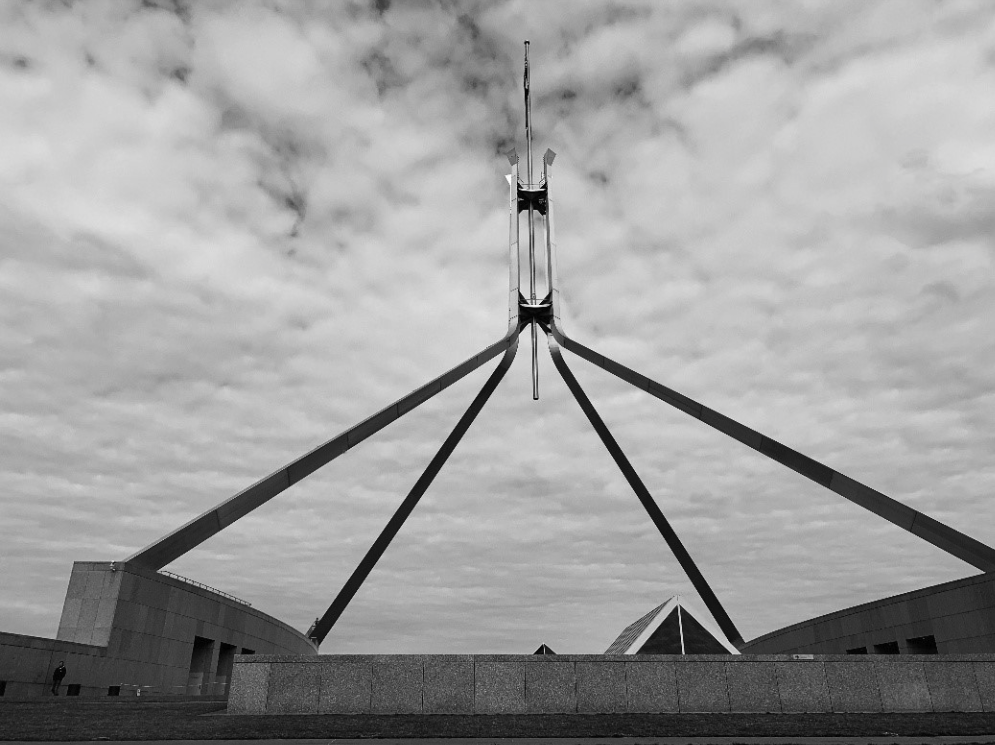Phones ringing, newswires pinging, emails topping up by the minute –
Newsrooms can be hectic, and it is not unusual for journalists and editors to be spread thin across multiple mastheads and platforms.
So how do you get their attention?
There are five key elements to writing a media release that gets noticed.
Take a look at our media releases to help you master the art.
Find your angle: anchor your announcement to the news cycle
It is not a journalist’s job to promote you or your brand. You need to give them a good reason to do that indirectly.
This means identifying a unique story angle and anchoring it to current news. A good angle is the most unique, interesting, or inspiring part of your story. It could be a thought-leader viewpoint that supports or disputes the consensus on an issue. Or it could be an inspiring staff story aligned with a national calendar event such as R U OK Day or International Women’s Day.
Aim for an angle that has not been covered before or has not been covered in the same way. At The Ideas Suite, we do a media audit before choosing a release angle, ensuring our story has not been recently covered in the media or by competitors.
It also helps to anchor your story to current news or events, making it relevant to a broader audience and giving journalists more reason to run it. We do extensive research to identify the most up-to-date news, policy changes and third-party research that will support your story, strengthening its worth, relevance and reach within your industry and beyond.
Find out more about our PR services.
Use data where possible
Data gets attention. Original results from your brand’s own primary research – such as surveys and your customer data – can identify emerging market trends. Supporting your data with statistics from reputable third-party sources such as the Australian Bureau of Statistics may suggest why these trends are emerging and strengthen the angle and its relevance. It’s a good idea to footnote any third-party statistics you bring into your story, so that journalists can easily cross-check the information in your media release. The easier your story is to verify, the better the chance it has of being picked up.
Grab the media’s attention in the first few sentences
You have minimal time to capture a journalist’s or editor’s attention. They will skim stories, only reading them through thoroughly once they have decided to run it. Short, attention-grabbing headlines and concise but impactful bullet points highlighting three stand-out messages from your story could mean the difference between it being binned or picked up by multiple media outlets. Ensure your media release’s first paragraph summarises the main points of the story.
Avoid advertorials
Advertorials and news stories are not the same. Advertorials look like a media story but overtly sell a product or service.
If your media release does this, it could be ignored or sent to a media outlet’s advertising department, and you might be contacted to take out paid advertising.
Editorial content impacts, educates, or inspires a broader readership and, most importantly, does not overtly sell a product or service. So how do you insert your company into this kind of story? It is all about positioning.
Here are three examples of what that means:
- You can position yourself as a thought-leader in your field by offering opinion pieces, solutions or commentary on a broader story or issue.
- Data-based stories derived from your company’s surveys and analysis position your brand as one with its finger on the pulse of market trends.
- Sharing major changes in your company such as an ‘Australian-first’ product or service, a new partnership, an acquisition, or an expansion positions your company as a rapidly growing and evolving company.
Only mention your products or services subtly at the end of a media release and only if it flows with the story.
Read our recent article on ‘The Secret Sauce of Powerful Storytelling’.
From perfect pitch to pristine publish with The Ideas Suite
Crafting a high-performing media release is both an art and a science, requiring a strategic blend of newsworthy angles, compelling data, attention-grabbing introductions, and a clear distinction from advertorials.
By anchoring your story to current events, leveraging original and third-party data, captivating journalists in the initial sentences, and positioning your brand subtly yet effectively, you can significantly increase the chances of your media release being picked up and widely shared.
At The Ideas Suite, we specialise in creating media releases that stand out in crowded newsrooms, ensuring your story not only gets noticed but also drives meaningful engagement and impact. Let us help you tell your side of things with precision and creativity.
Don’t let your story go unnoticed. Partner with us today to create compelling media releases that make an impact.









